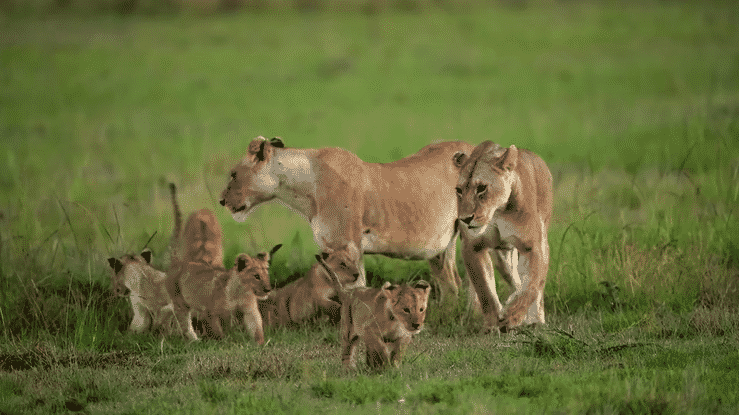
Mar 01, 2023 Wildlife, Economics, and Well-Being
In most countries, wildlife is owned by the state. However, there are exceptions. In Southern Africa (e.g., Namibia, South Africa, and Zimbabwe), laws passed thirty or more years ago have given private landowners property rights over all the wildlife on their land. These property rights are subject to certain conditions (such as using appropriate game fencing that prevents wild animals from encroaching on land owned by others). Following this change in wildlife law, tourism on private lands has boomed. In Zimbabwe, more than 50% of the country’s populations of eland, kudu, giraffe, cheetah, sable, and impala are found on private lands. In Namibia, wildlife populations have risen substantially since the change in the law.
Privatization of wildlife ownership has had a very positive impact on biodiversity in southern Africa. Approximately 14-17% of South Africa’s land area now consists of private wildlife-based land uses compared to 9% for national and provincial game reserves. Over 1,000 privately protected areas and 5,000 wildlife ranches contribute substantial resources to South Africa’s conservation estate and provide, on average, more employment per hectare, and higher quality employment, than either typical sheep and cattle ranching or government-run wildlife protected areas. However, wildlife ownership has also led to controversial operations. These include the captive breeding of lions to sustain “canned” hunting operations, “lion-cub walking” and other cub-handling experiences for foreign tourists, and a lion bone trade targeting consumers in the Far East (see the Blood Lions story).
Wildlife ranching produces income from two main activities – trophy hunting and ecotourism. Many private wildlife ranches also derive revenue from livestock raising and selling wildlife and game meat (either fresh or for producing biltong-dried and salted game meat known as jerky in the USA).
The Covid pandemic had severe impacts on both private and government wildlife areas. Tourism revenue for the national game reserves declined by 90% during lockdowns in 2020. According to a recent study, half of the wildlife ranches lost more than 75% of their revenue, and a quarter lost 50-75% of their regular income during the Covid pandemic lockdowns. However, a small group of wildlife ranches (3%) increased their revenue in 2020. The more successful wildlife ranches had relatively diverse income streams before Covid arrived and could shift their activities from those heavily affected by Covid (ecotourism and trophy hunting) to those less affected (e.g., the sale of livestock and wildlife meat). The authors conclude that the adaptive capacity of mixed (livestock and wildlife) enterprises “could represent key ecosystem-based adaptations, providing lessons for global policies that seek to incorporate private land models in the 2030 Biodiversity Framework.”
While Africa is richly endowed with charismatic megafauna and is often viewed as Ground Zero for wildlife conservation, Europe has also recorded significant success in recovering its wild mammal populations. The European bison had been close to extinction, with only a few individuals left in captivity, but thanks to conservation efforts, the species has rebounded in the last fifty years. By 2021, there were almost 10,000 spread across Europe. Grey wolf numbers have increased nearly 20-fold since 1965, while the European beaver has increased virtually 170-fold over the same period. The Europe situation indicates that, even in regions with relatively high human density, it is possible to conserve, encourage and grow wildlife populations, even for feared predators (e.g., the wolf, the brown bear, and the lynx).
Wildlife conservation and diversity have also been shown to promote and enhance human well-being. One European study reported that the diversity of wildlife species (specifically the number of bird species) is associated with improved human mental health. Another European report found that exposure to greenery as a child reduces the incidence of mental disease in one’s adult life. Wildlife also can contribute to economic success. Enhancing biodiversity is to be encouraged for its own sake, but it also improves human well-being.


